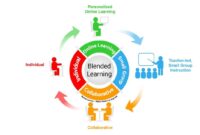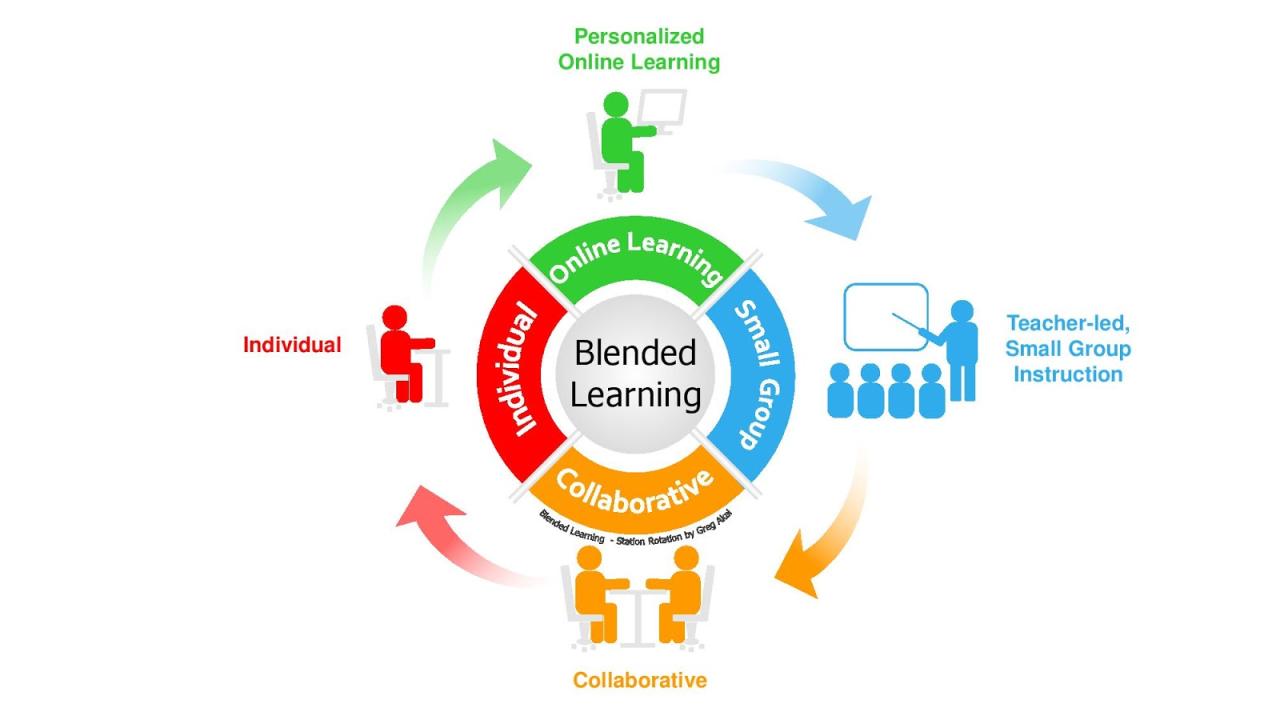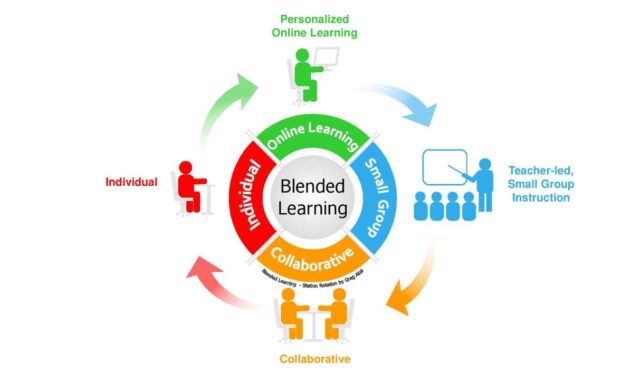Best Apps for Learning Basic Economics sets the stage for this enthralling narrative, offering readers a glimpse into a subject that is both accessible and essential for navigating our increasingly complex financial world. Understanding basic economics is crucial not only for personal finance but also for making informed decisions that affect our communities and the global economy. With the rise of technology, various applications have emerged that simplify economic concepts and make learning engaging and interactive.
These applications leverage innovative methods to deliver knowledge on fundamental principles, theories, and real-world applications, making economics approachable for everyone from students to professionals seeking to refresh their knowledge. In this digital age, apps can offer a unique blend of theoretical insights and practical tools, ensuring learners can grasp and apply essential economic concepts effectively.
Climate change is one of the most pressing challenges facing humanity in the 21st century. Its effects are pervasive, influencing weather patterns, sea levels, and ecosystems around the globe. Among the numerous impacts of climate change, the implications for global water resources are particularly significant. The interplay between climate change and water availability is critical, as water is essential for human survival, agricultural productivity, and ecosystem health.
This article explores the multifaceted relationship between climate change and water resources, examining the causes and consequences of this dynamic.
Understanding Climate Change
Climate change refers to significant and lasting changes in the Earth’s climate, particularly those that have emerged over the last century largely due to human activities. The primary driver of contemporary climate change is the increased concentration of greenhouse gases (GHGs) in the atmosphere, primarily carbon dioxide (CO2), methane (CH4), and nitrous oxide (N2O). These gases trap heat from the sun, leading to the warming of the planet.
The Intergovernmental Panel on Climate Change (IPCC) has provided extensive evidence of rising global temperatures, with an increase of approximately 1.2 degrees Celsius since the late 19th century. This warming has far-reaching consequences, including altered precipitation patterns, increased frequency of extreme weather events, and rising sea levels. Each of these factors plays a crucial role in shaping the availability and distribution of freshwater resources worldwide.
The Hydrological Cycle and Climate Change
The hydrological cycle, or water cycle, is the continuous movement of water within the Earth and atmosphere. It involves processes such as evaporation, condensation, precipitation, and runoff. Climate change significantly affects this cycle, leading to changes in water availability and quality.
One of the most direct impacts of climate change on the hydrological cycle is the alteration of precipitation patterns. Some regions may experience increased rainfall, while others may suffer from prolonged droughts. According to the IPCC, heavy precipitation events are becoming more frequent and intense, which can lead to flooding and water quality issues, while arid regions are expected to face more severe droughts and water scarcity.
Regional Variations in Water Resources
The effects of climate change on water resources vary significantly across regions. In general, higher latitudes are experiencing increased precipitation, while many tropical and subtropical regions are facing decreased rainfall. This disparity raises concerns about water distribution and access.
North America
In North America, climate change has resulted in varied impacts on water resources. The western United States, particularly areas like California, has experienced severe drought conditions, leading to water shortages and increased competition for water resources. Conversely, the eastern United States has seen a rise in heavy rainfall events, resulting in flooding and water management challenges.
Africa
Africa is one of the most vulnerable continents to climate change, particularly regarding water resources. Many regions are experiencing declining rainfall and increased temperatures, leading to a higher incidence of drought and food insecurity. The Intergovernmental Panel on Climate Change has indicated that by the end of the 21st century, some regions in Africa may see a decrease in river flows by as much as 50%.
This poses significant threats to agriculture, drinking water supplies, and overall socioeconomic stability.
Asia
Asia, home to over half of the world’s population, is significantly affected by climate change. The Himalayan glaciers, a crucial source of water for many major rivers in Asia, are retreating at alarming rates. This phenomenon threatens the water supply for billions of people who rely on these rivers for drinking water and irrigation. Additionally, Southeast Asian countries are experiencing more intense rainfall and flooding, exacerbating existing water management issues.
Water Quality and Climate Change
In addition to affecting water availability, climate change also has profound implications for water quality. Higher temperatures can lead to increased concentrations of pollutants in water bodies, while heavy rainfall can cause runoff that carries agricultural chemicals, heavy metals, and pathogens into water sources. These changes can lead to detrimental effects on human health and local ecosystems.
Moreover, altered precipitation patterns can impact the dilution of contaminants in rivers, lakes, and groundwater. For instance, during drought conditions, water bodies may become more concentrated with pollutants, resulting in harmful algal blooms and other ecological disturbances. Conversely, intense rainfall can overwhelm wastewater treatment systems, leading to increased contamination of water supplies.
The Socioeconomic Impacts of Water Scarcity
The consequences of climate change on water resources extend beyond environmental factors, deeply affecting socioeconomic conditions. Water scarcity can lead to increased competition for resources, resulting in conflicts between agricultural, industrial, and urban water users. This competition can exacerbate existing inequalities, particularly in developing nations where access to clean water is already limited.
Agriculture, which accounts for approximately 70% of global freshwater withdrawals, is particularly vulnerable to the impacts of climate change. Changes in water availability can lead to reduced crop yields, threatening food security and livelihoods for millions of people. The agricultural sector must adapt to these changes through improved water management practices and crop selection to mitigate the impacts of water scarcity.

Adaptation and Mitigation Strategies
To address the challenges posed by climate change on water resources, both mitigation and adaptation strategies are necessary. Mitigation efforts focus on reducing GHG emissions to limit global warming, while adaptation strategies involve adjusting practices to minimize the adverse effects of climate change on water resources.
Mitigation Strategies, Best Apps for Learning Basic Economics
Reducing greenhouse gas emissions is crucial for alleviating the impacts of climate change on water resources. This can be achieved through transitioning to renewable energy sources, improving energy efficiency, and promoting sustainable land use practices. Additionally, protecting and restoring forests and wetlands can enhance water quality and availability by improving the resilience of ecosystems to climate variations.
Adaptation Strategies
Adapting to climate change involves implementing water management practices that enhance resiliency. This may include the development of integrated water resource management (IWRM) frameworks that consider the entire hydrological cycle and stakeholder needs. Rainwater harvesting, wastewater recycling, and investment in infrastructure to capture and store water are key adaptation measures that can help meet the growing demand for water in a changing climate.
Conclusion: Best Apps For Learning Basic Economics
The impact of climate change on global water resources is profound and far-reaching. As precipitation patterns shift and extreme weather events become more frequent, the availability and quality of freshwater resources will continue to be challenged. The interplay of environmental, social, and economic factors underscores the urgent need for comprehensive strategies to mitigate climate change and adapt to its effects on water resources.
By prioritizing sustainable water management practices and reducing greenhouse gas emissions, we can work towards a future where water is available for all, even in the face of climate change.











